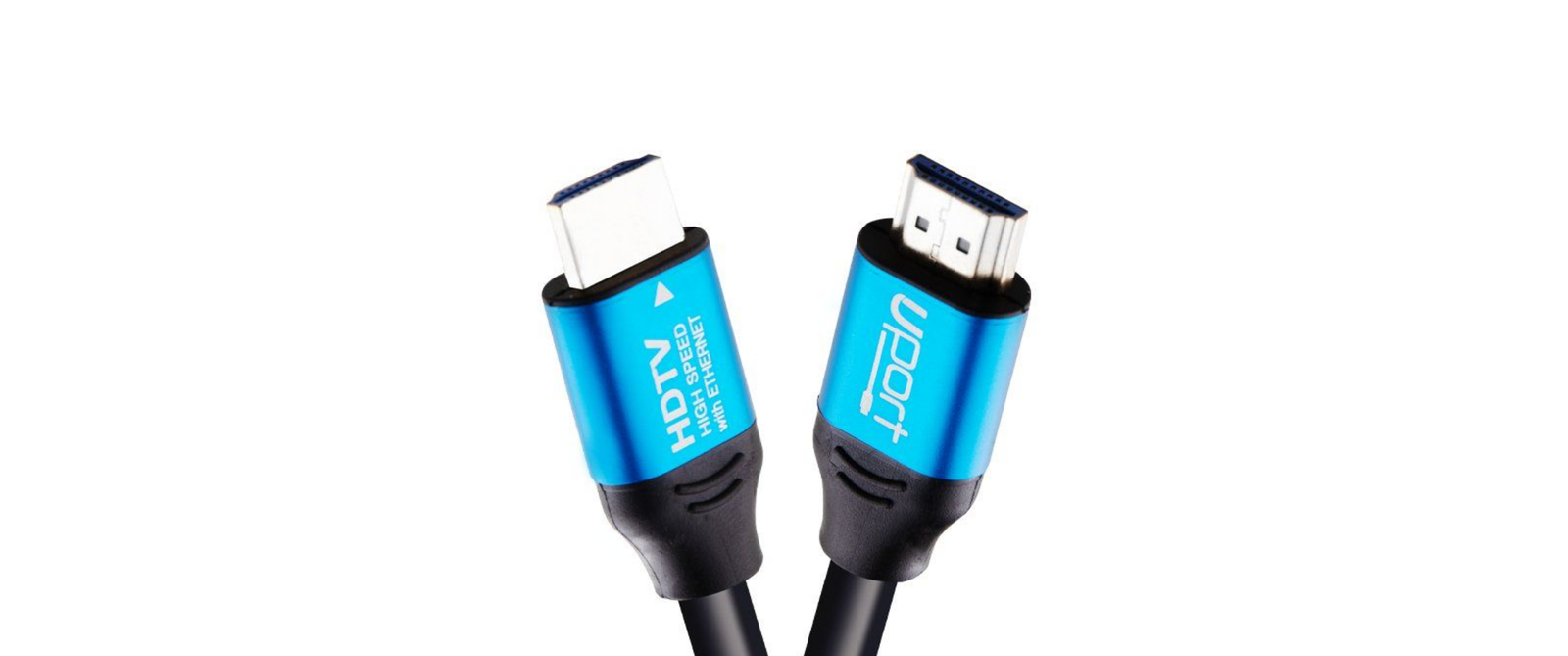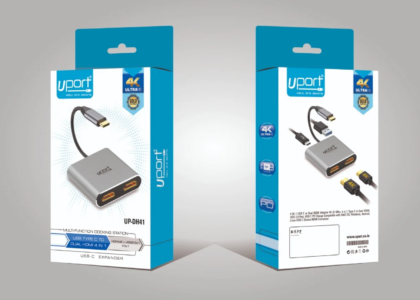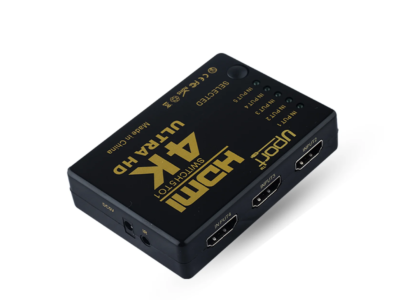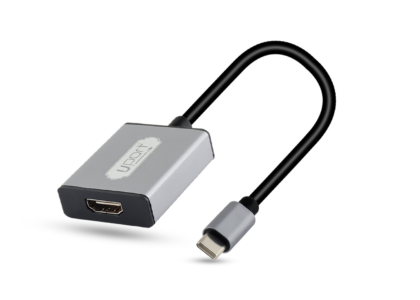As technology advances and 4K Ultra HD becomes the new standard for high-definition displays, many wonder if their existing HDMI cables are sufficient. Do you really need to upgrade your HDMI cables to enjoy the full benefits of 4K resolution? Let’s explore this topic to clear up any confusion.
Understanding HDMI and 4K Ultra HD: HDMI (High-Definition Multimedia Interface) cables are essential for transmitting high-quality audio and video signals from devices like Blu-ray players, gaming consoles, and computers to TVs and monitors. 4K Ultra HD resolution offers four times the pixels of Full HD, delivering sharper and more detailed images.
Factors Affecting HDMI Cable Requirements:
- HDMI Version: Newer HDMI versions (e.g., HDMI 2.0, HDMI 2.1) support higher resolutions and refresh rates necessary for 4K Ultra HD content.
- Bandwidth: Higher bandwidth capabilities are required to handle the increased data throughput of 4K content, especially for HDR (High Dynamic Range) and high frame rate videos.
- Cable Length: Longer HDMI cables may experience signal degradation, requiring higher-quality cables to maintain signal integrity over distances.
Debunking Common Myths:
- Necessity of Expensive Cables: Pricey HDMI cables are not always required for 4K Ultra HD. What matters most is meeting the HDMI version and bandwidth requirements for your setup.
- Upgrading Regularly: Unless your current cables are damaged or outdated for newer HDMI standards, there’s no need to upgrade frequently.
Choosing the Right HDMI Cable for 4K Ultra HD:
- Check HDMI Version: Ensure your HDMI cables support at least HDMI 2.0 for 4K resolution at 60Hz. For future-proofing, HDMI 2.1 is recommended for higher resolutions and refresh rates.
- High-Speed HDMI Cables: Opt for High-Speed HDMI cables with Ethernet if you’re connecting devices over longer distances or using advanced features like HDR.
Testing and Verification:
- Check Compatibility: Verify that your source device (e.g., 4K Blu-ray player, gaming console) and display (e.g., 4K TV, monitor) both support 4K Ultra HD resolution.
- Inspect Cable Quality: Ensure cables are securely connected and in good condition to prevent signal loss or interference.
Conclusion: While HDMI cables play a crucial role in transmitting 4K Ultra HD content, upgrading to expensive cables isn’t always necessary. Understanding HDMI standards, bandwidth requirements, and your specific setup needs can help you make informed decisions. By choosing HDMI cables that meet the required specifications for 4K Ultra HD, you can enjoy stunning visuals and immersive audio without breaking the bank.
For more insights into home entertainment technology and setup tips, stay connected with our blog or follow us on www.uport.in.






